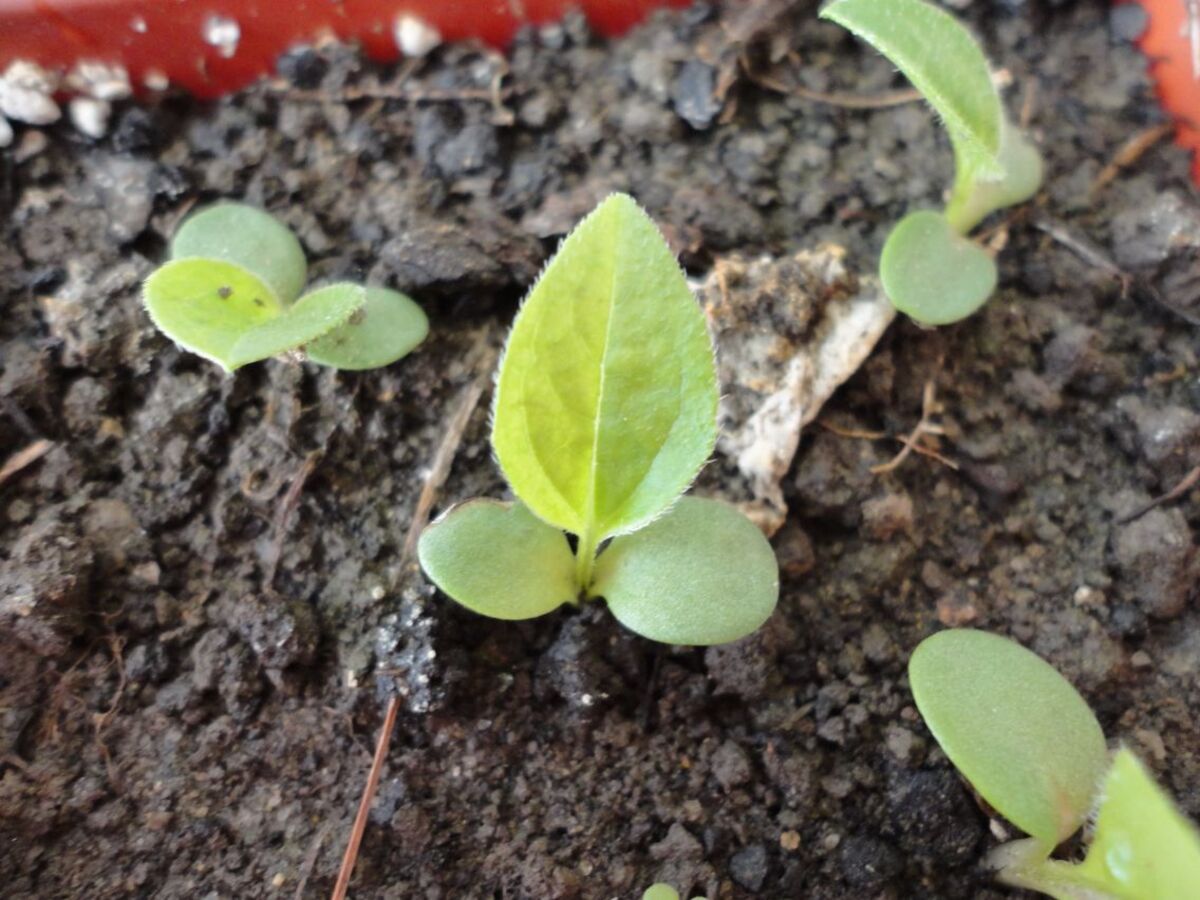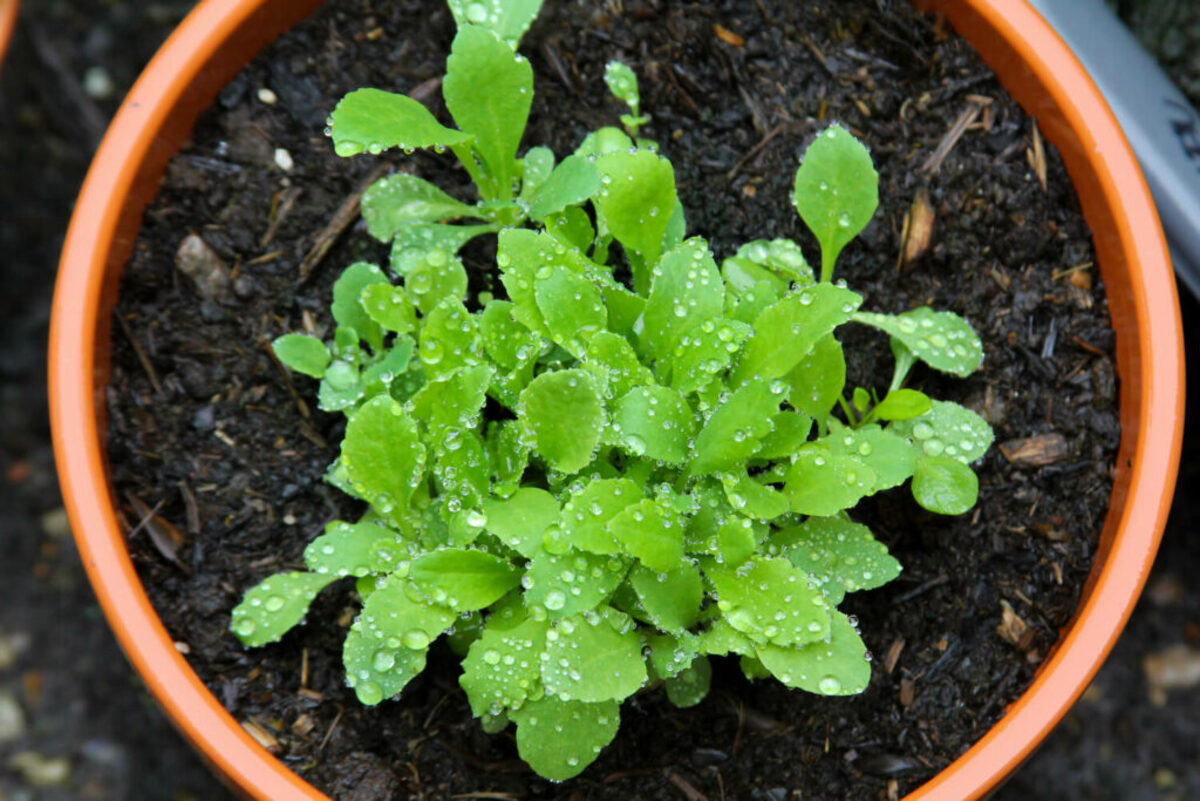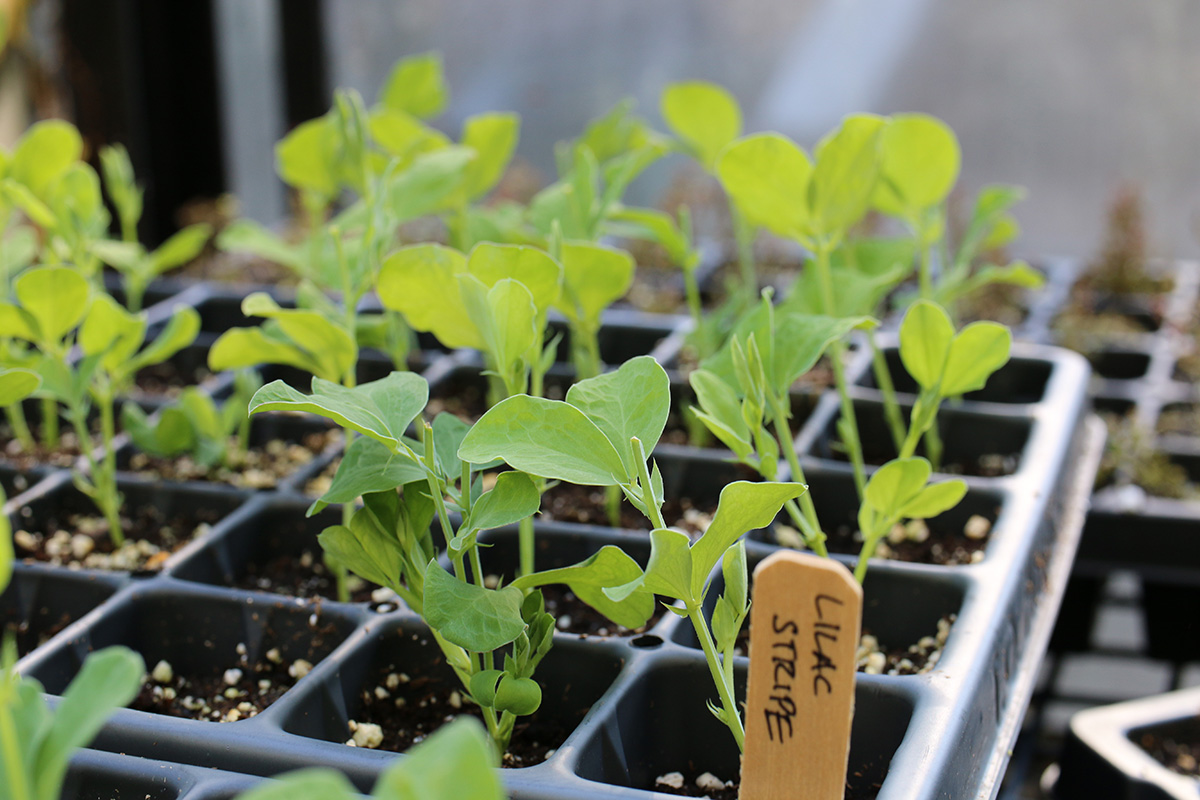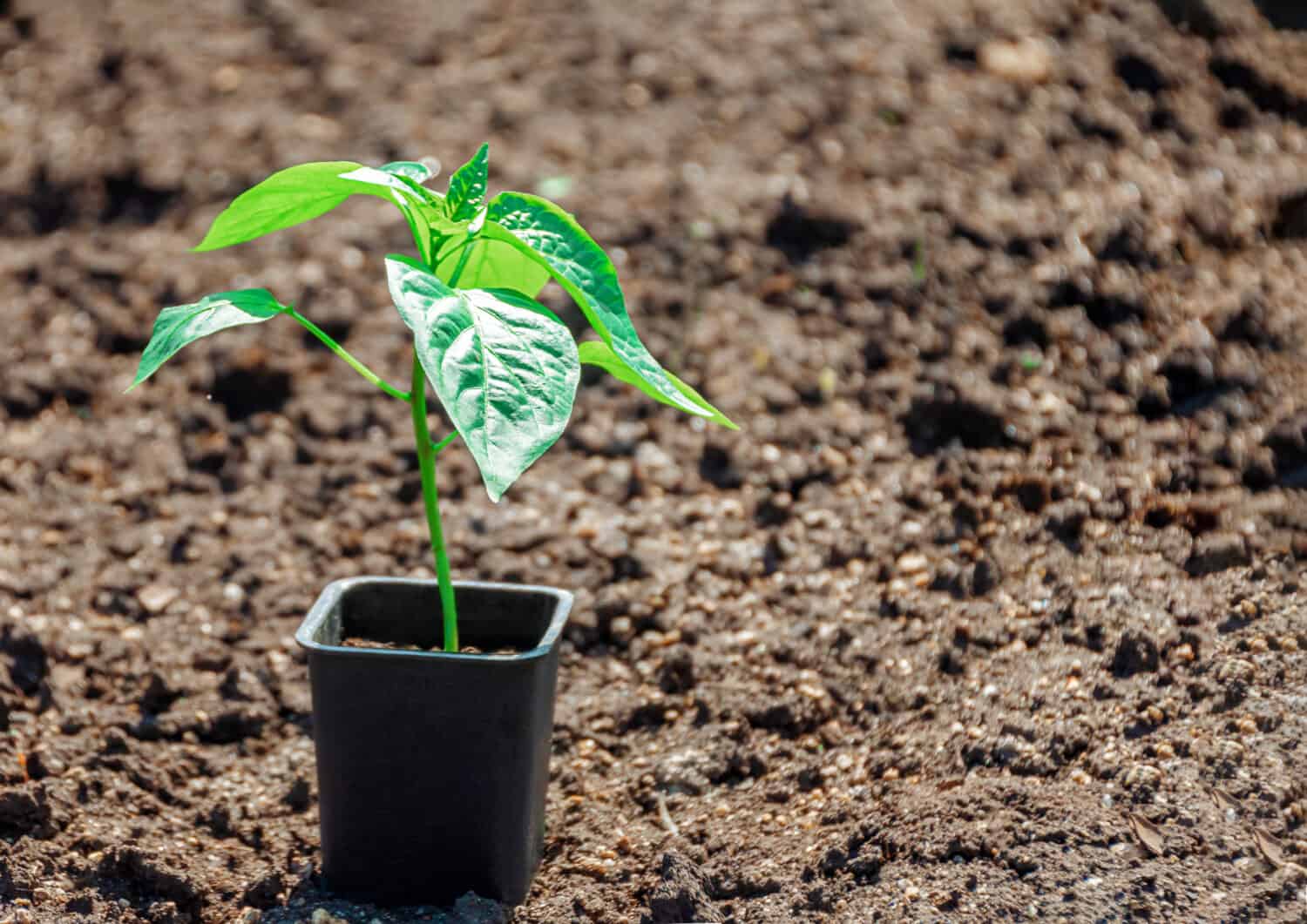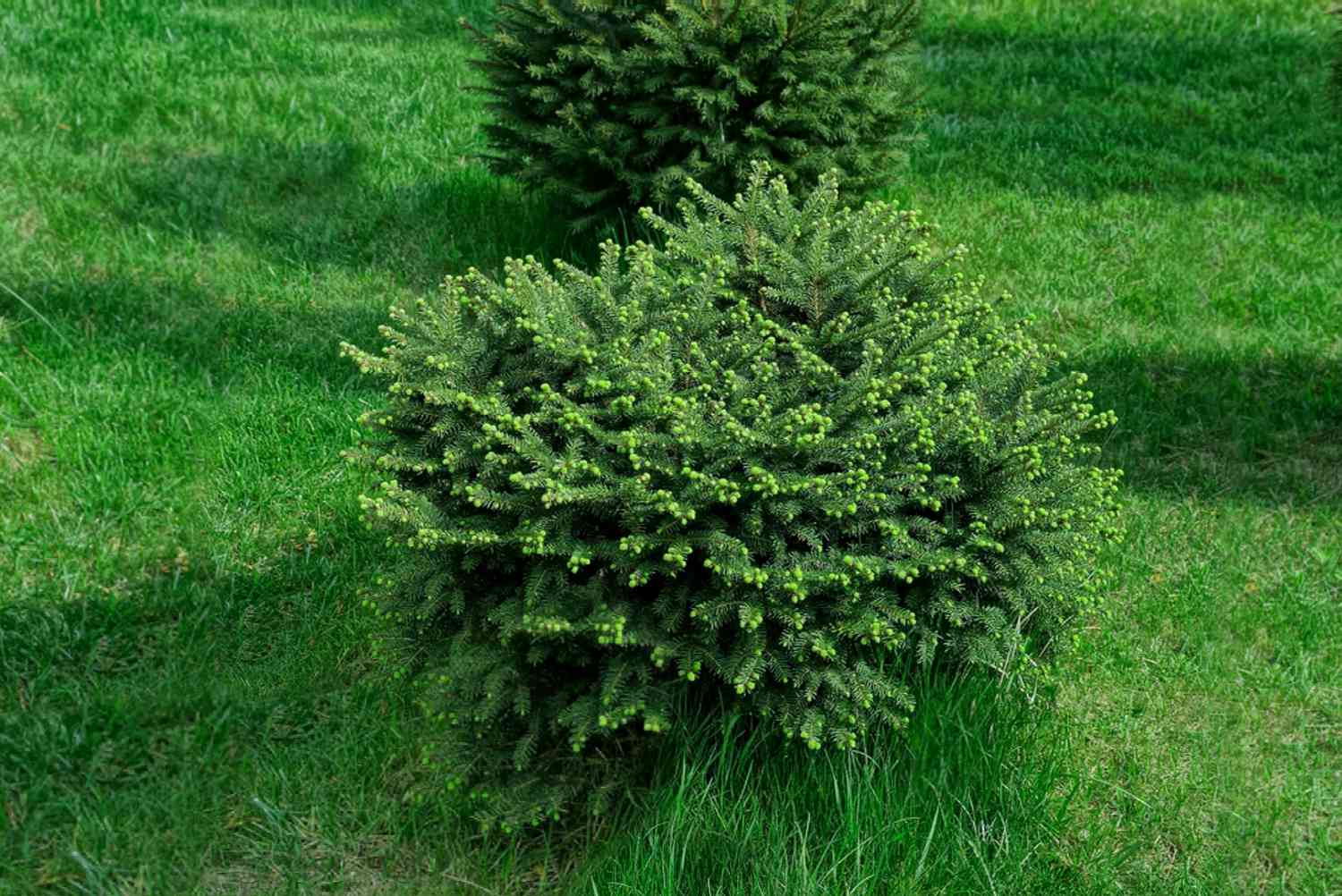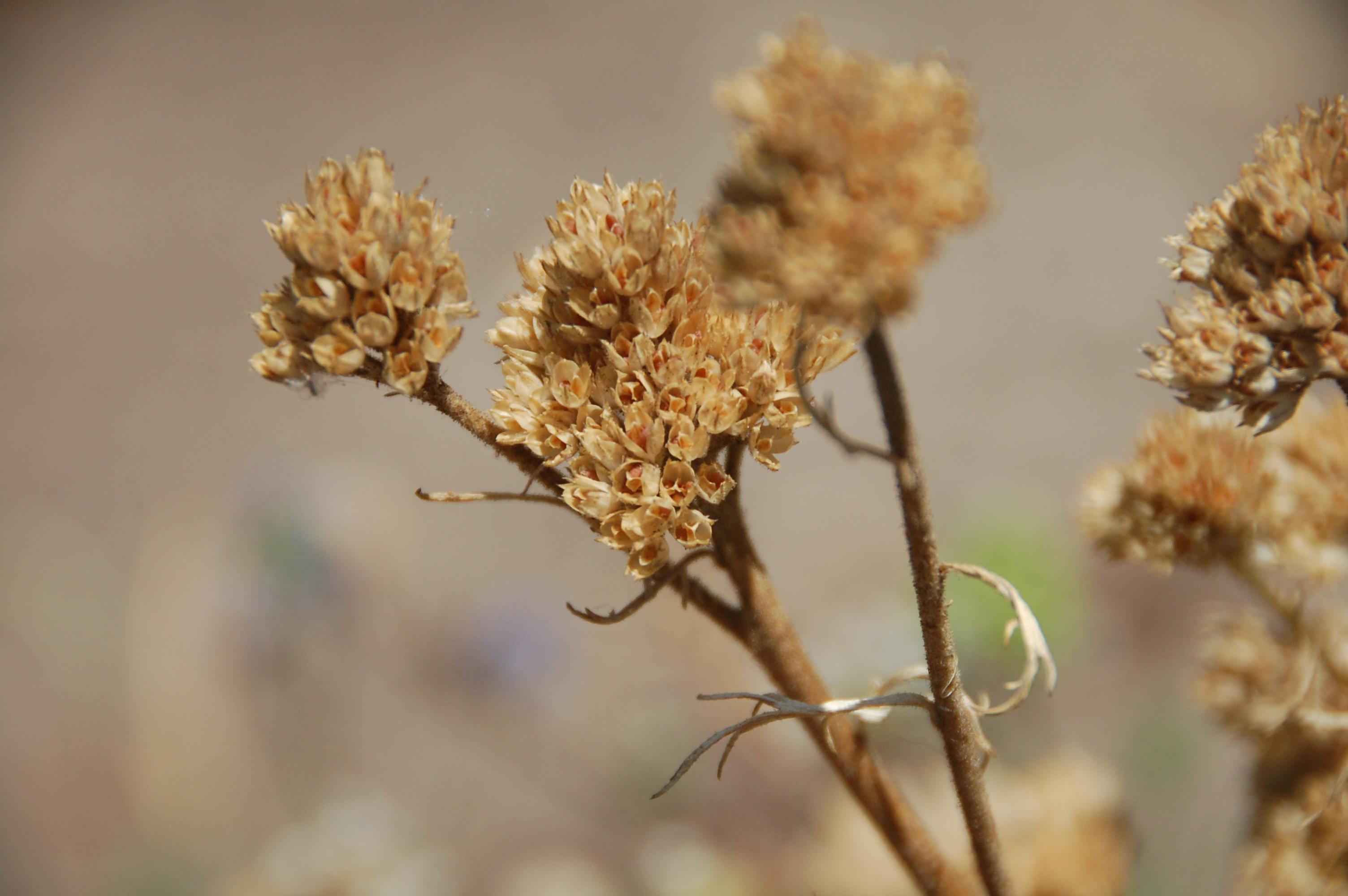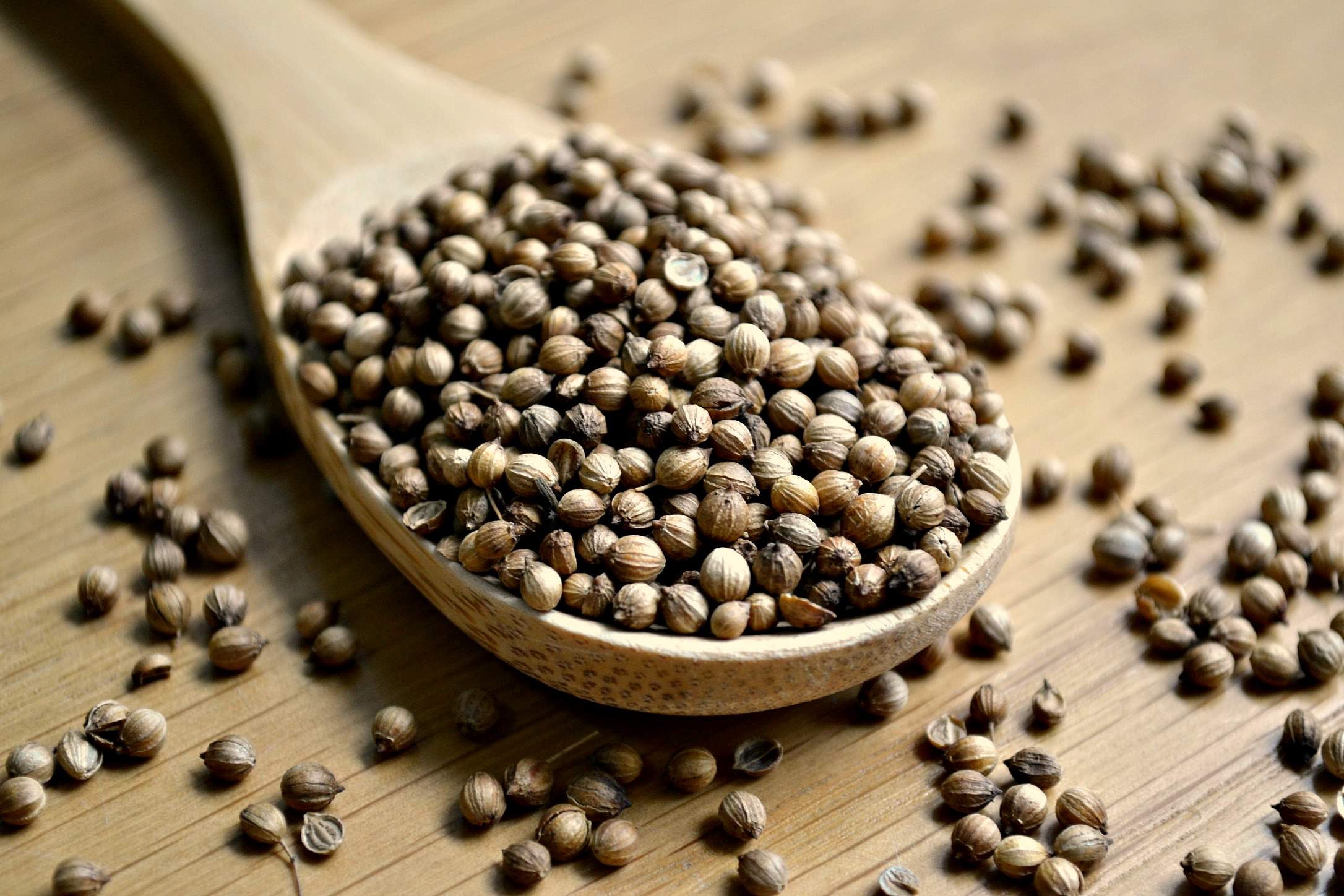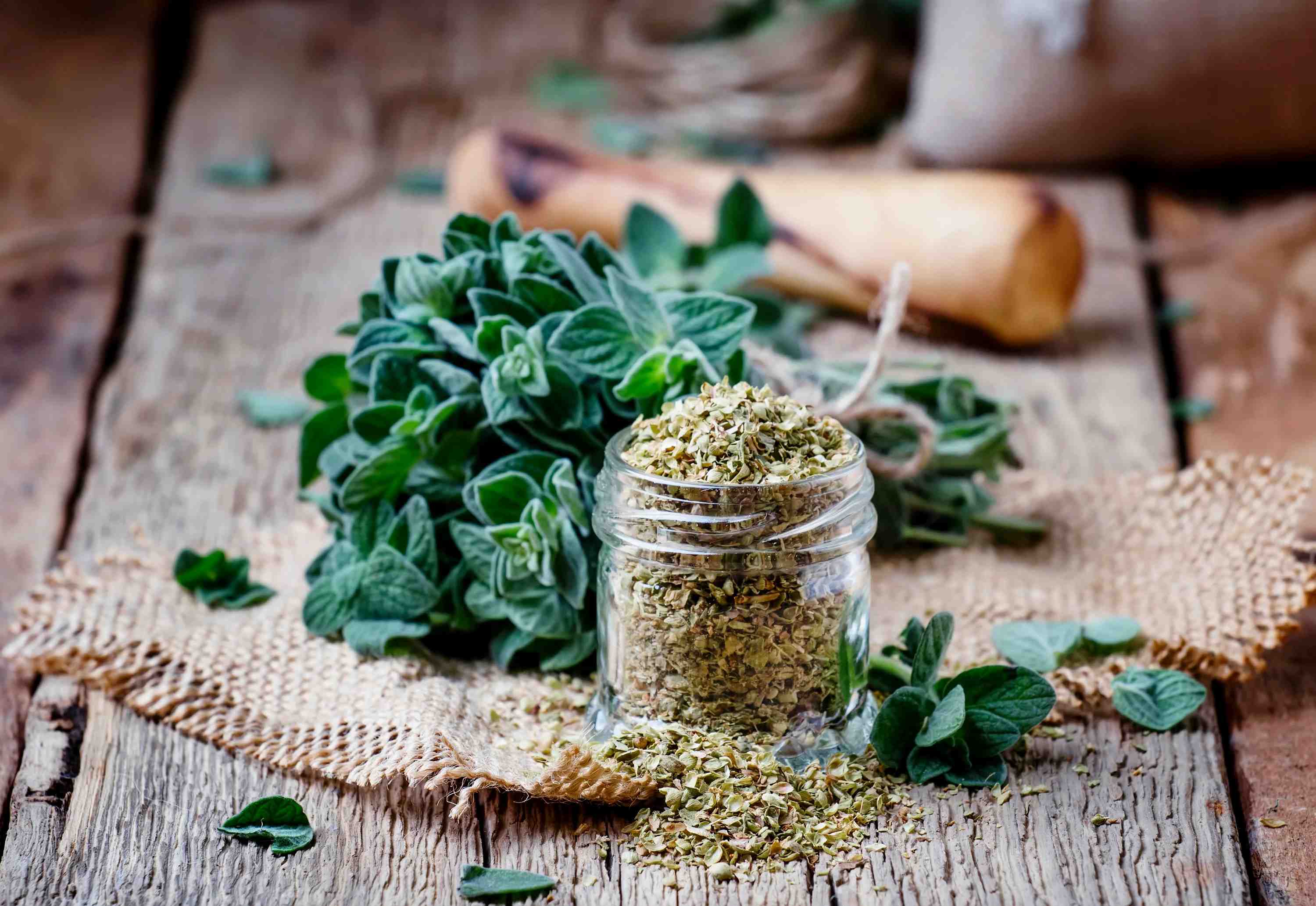Home>Types of Gardening>Ornamental Gardening>What Do Four O’Clock Seedlings Look Like
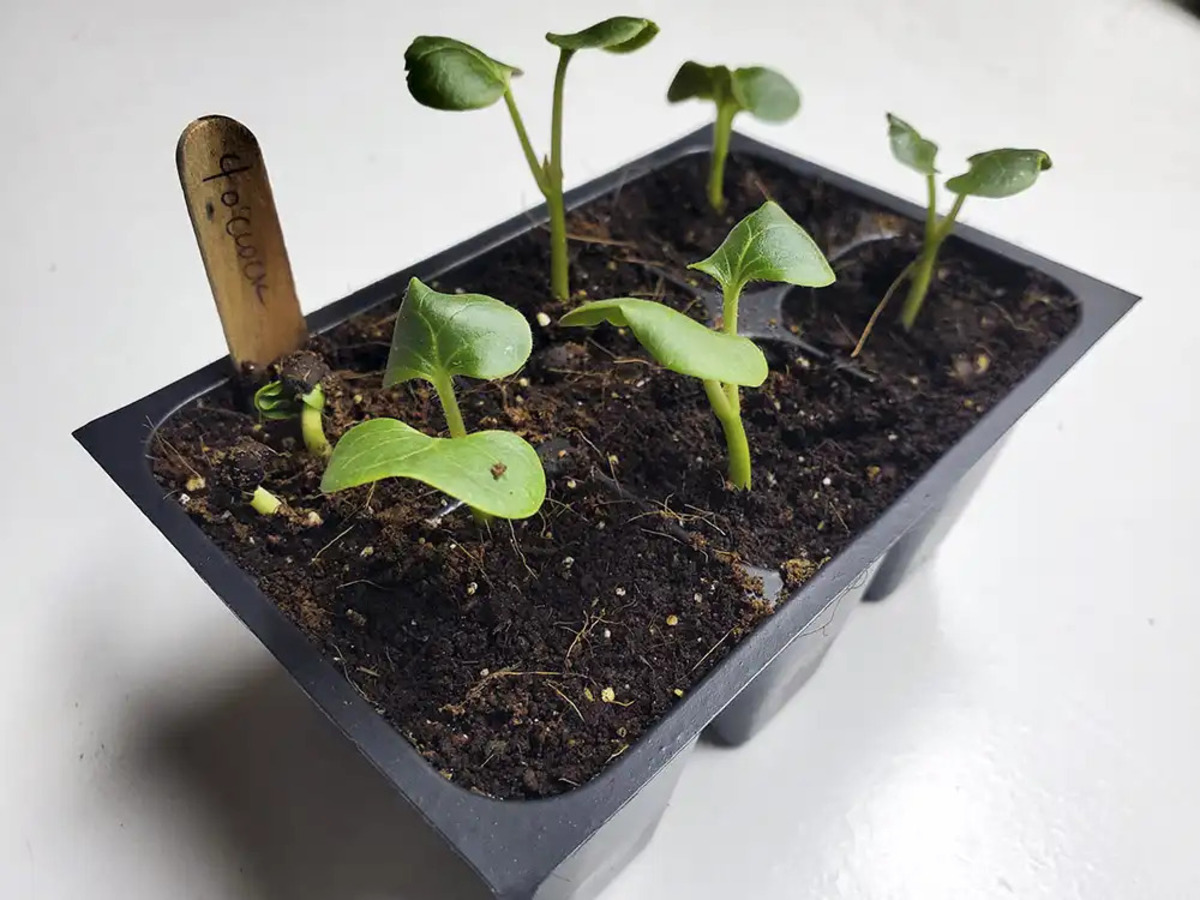

Ornamental Gardening
What Do Four O’Clock Seedlings Look Like
Published: January 7, 2024
Learn about the appearance of four o'clock seedlings in ornamental gardening. Discover what to expect and how to care for these seedlings.
(Many of the links in this article redirect to a specific reviewed product. Your purchase of these products through affiliate links helps to generate commission for Chicagolandgardening.com, at no extra cost. Learn more)
Table of Contents
Introduction
Introduction
Welcome to the enchanting world of four o'clock seedlings! If you're an ornamental gardening enthusiast, you're in for a treat. Four o'clocks, known scientifically as Mirabilis jalapa, are beloved for their vibrant, trumpet-shaped flowers and their delightful fragrance that intensifies as the day transitions into evening. These charming plants are native to South America but have found their way into gardens around the world due to their beauty and ease of cultivation.
As a gardener, the journey with four o'clock seedlings begins with understanding their unique characteristics and learning how to identify them as they emerge from the soil. This article will guide you through the process of recognizing these seedlings, provide insights into their growth patterns, and offer valuable tips for nurturing them into flourishing plants.
Whether you're a novice gardener or a seasoned green thumb, the allure of four o'clock seedlings is undeniable. Their resilience and adaptability make them a delightful addition to any garden, while their colorful blooms bring joy and elegance to outdoor spaces. Join us as we delve into the world of these enchanting seedlings and uncover the secrets to successfully cultivating them in your own garden.
Characteristics of Four O’Clock Seedlings
Before delving into the specifics of identifying and cultivating four o’clock seedlings, it’s essential to familiarize yourself with their distinctive characteristics. Understanding these traits will enable you to differentiate them from other seedlings and provide the optimal care they require.
1. Cotyledon Appearance: Four o’clock seedlings initially emerge with a pair of cotyledons, or seed leaves, which are typically heart-shaped and possess a vibrant green hue. These cotyledons serve as the first indicators of the plant’s growth and development.
2. Stem Structure: As the seedlings mature, their stems exhibit a tender yet sturdy nature, often displaying a reddish or greenish tint. The stems may appear slightly succulent, contributing to the plant’s ability to thrive in various environmental conditions.
3. Leaf Formation: The true leaves of four o’clock seedlings feature an ovate shape with a smooth texture. These leaves are arranged alternately along the stem and showcase a rich green coloration, providing a visually appealing contrast to the surrounding soil or potting medium.
4. Growth Habit: Four o’clock seedlings possess a compact and bushy growth habit, making them ideal candidates for ornamental borders, container gardens, and mixed flower beds. Their ability to fill spaces with lush foliage and vibrant blooms adds a charming aesthetic to any garden setting.
By familiarizing yourself with these key characteristics, you’ll gain the confidence to identify and nurture four o’clock seedlings as they progress through their early stages of growth. Recognizing these traits will also aid in distinguishing them from potential weeds or other plant species, ensuring that they receive the focused care they deserve.
Identifying Four O’Clock Seedlings
As a gardener, the ability to accurately identify four o’clock seedlings is a crucial skill that empowers you to provide tailored care and foster their healthy development. These young seedlings possess distinct features that set them apart from other plants, allowing for easy recognition and attentive nurturing.
1. Cotyledon Recognition: One of the initial steps in identifying four o’clock seedlings involves recognizing their cotyledons, which exhibit a unique heart-shaped appearance. These initial leaves serve as a defining characteristic during the early stages of growth, providing a clear indication of the plant’s identity.
2. Stem and Leaf Examination: Observing the tender stems and ovate leaves of four o’clock seedlings is key to their identification. The reddish or greenish tint of the stems, coupled with the smooth, vibrant green foliage, offers visual cues that aid in distinguishing these seedlings from surrounding vegetation.
3. Growth Pattern: Four o’clock seedlings typically display a compact and bushy growth pattern, showcasing their ornamental potential even in the early stages. This distinctive growth habit sets them apart from neighboring plants and contributes to their visual appeal within the garden landscape.
4. Fragrance Test: While not applicable in the initial stages of growth, mature four o’clock plants emit a delightful fragrance, especially during the late afternoon and evening. Although this characteristic becomes prominent at a later stage, it serves as a captivating feature that enhances the overall allure of these enchanting plants.
By honing your ability to identify four o’clock seedlings based on these key attributes, you’ll gain the confidence to distinguish them from other plant species and provide them with the specialized care they require. This keen discernment will further enrich your gardening experience, allowing you to create harmonious and visually captivating outdoor spaces with these delightful additions.
Tips for Growing Four O’Clock Seedlings
Cultivating four o’clock seedlings is a rewarding endeavor that offers a delightful journey from germination to full bloom. To ensure the successful growth and flourishing of these charming plants, consider the following tips and best practices:
1. Optimal Sunlight: Four o’clock seedlings thrive in well-drained soil and require ample sunlight for robust growth. Select a planting location that receives at least six to eight hours of direct sunlight daily to promote healthy development.
2. Adequate Watering: While four o’clock seedlings are resilient, it’s essential to maintain consistent moisture levels in the soil. Water the plants thoroughly, allowing the soil to dry slightly between waterings to prevent waterlogged conditions.
3. Soil Quality: Ensure that the soil is fertile and well-draining, as these conditions support the vigorous growth of four o’clock seedlings. Amending the soil with organic matter such as compost or well-rotted manure enhances its nutrient content and promotes a favorable environment for the plants.
4. Pruning and Deadheading: Regular deadheading of spent blooms and light pruning of four o’clock plants encourage continuous flowering and maintain a neat, compact growth habit. This practice also prevents the plants from self-seeding excessively, offering better control over their spread in the garden.
5. Frost Protection: In regions with frost-prone climates, provide adequate protection to four o’clock seedlings during colder months. Consider covering the plants with a layer of mulch or utilizing protective garden fabrics to safeguard them from potential frost damage.
6. Companion Planting: Pair four o’clock seedlings with complementary companion plants to create visually striking combinations in the garden. Their bushy growth and vibrant blooms make them excellent candidates for mixed flower beds and border plantings, adding a charming aesthetic to the landscape.
By implementing these tips and strategies, you’ll be well-equipped to nurture four o’clock seedlings into thriving plants that grace your garden with their beauty and fragrance. Embrace the journey of tending to these enchanting additions, and revel in the joy they bring as they unfurl their colorful blooms and fill the air with their captivating scent.
Conclusion
Embarking on the journey of cultivating four o’clock seedlings offers a delightful opportunity to witness the enchanting beauty and resilience of these beloved plants. By familiarizing yourself with their unique characteristics, honing your identification skills, and implementing best practices for their growth, you can create a captivating garden adorned with the vibrant blooms and alluring fragrance of four o’clocks.
As you immerse yourself in the process of nurturing these seedlings, remember that each stage of their growth holds its own charm and rewards. From the emergence of heart-shaped cotyledons to the lush foliage and trumpet-shaped flowers, every phase unveils the plant’s innate elegance and ornamental appeal.
Whether you choose to cultivate them in containers, ornamental borders, or mixed flower beds, four o’clock seedlings contribute a touch of whimsy and sophistication to any outdoor setting. Their ability to thrive in various environmental conditions, coupled with their captivating fragrance, makes them a cherished addition to gardens around the world.
As you witness the vibrant hues of their blossoms and experience the delightful fragrance that permeates the air, you’ll find that tending to four o’clock seedlings is a gratifying endeavor that enriches your gardening journey. Embrace the nuances of their growth, savor the moments of tending to their needs, and revel in the enchanting display they offer as they flourish in your garden.
May the presence of four o’clock seedlings in your garden serve as a reminder of the joy found in nurturing nature’s gifts, and may their beauty inspire moments of tranquility and wonder amidst the splendor of the outdoors.
